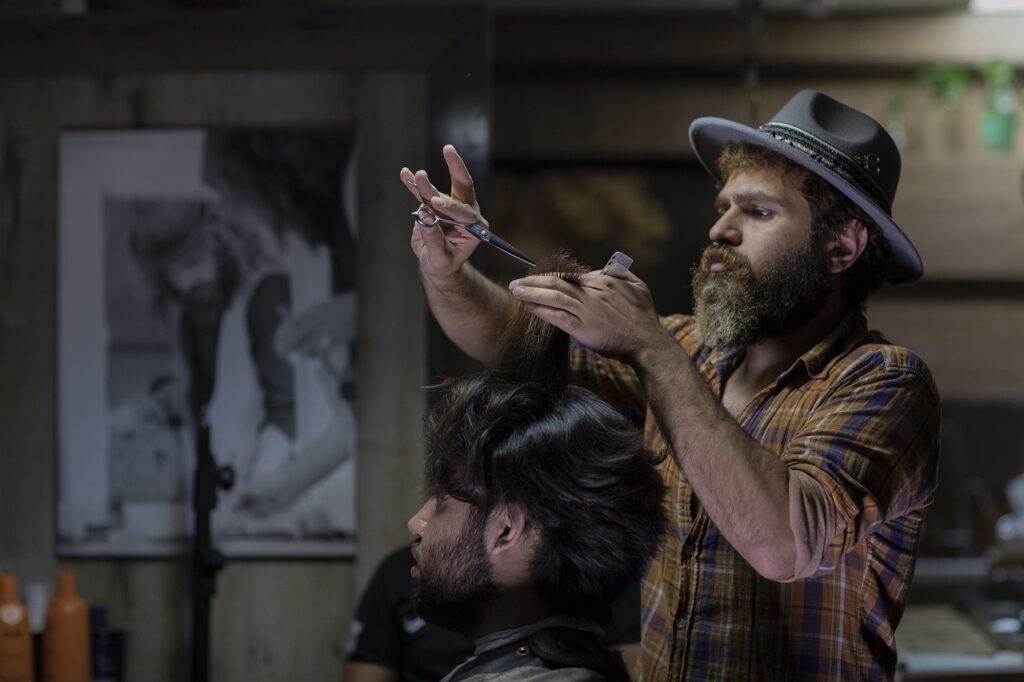As a photographer, I know how thrilling it is to capture that perfect shot, but curating a portfolio? That’s a whole different challenge. Your portfolio isn’t just a collection of your favorite images—it’s your visual resume, the first impression you make on potential clients or collaborators. Choosing the right photos can mean the difference between standing out or blending into the crowd.
The key to a strong portfolio lies in showcasing your unique style and storytelling ability. It’s not about including every good photo you’ve ever taken; it’s about being selective, intentional, and strategic. Whether you’re a seasoned pro or just starting out, narrowing down your best work can feel overwhelming, but with the right approach, it’s absolutely doable. Let’s dive into how to make those tough decisions and craft a portfolio that truly represents you.
Understanding The Importance Of A Strong Portfolio
A well-curated portfolio directly reflects a photographer’s skill, vision, and professionalism. It acts as the primary tool for potential clients, editors, or collaborators to assess the quality and consistency of work. A strong portfolio isn’t just a collection of images but a strategic showcase of an individual’s best work, tailored to highlight their strengths.
Consistency is crucial in building trust and recognition. When images reflect a unified style or thematic focus, they create a coherent narrative that resonates with viewers. Clients seek photographers who can consistently deliver results aligned with their aesthetic or technical needs.
Specialization enhances appeal in competitive markets. Photographers showcasing expertise in niche areas—such as portraiture, landscapes, or weddings—can better attract targeted audiences. For example, including dynamic action shots in a sports photographer’s portfolio or soft, emotive portraits in a wedding photographer’s selection strengthens credibility in those fields.
A strong portfolio also demonstrates an ability to evolve and adapt. Carefully chosen images highlight creative growth, showcasing mastering of techniques and adaptability to different scenarios. This reassures clients of reliability and forward-thinking creativity.
Key Factors To Consider When Curating A Portfolio
Selecting the right images requires more than just technical quality. A strong portfolio reflects your vision and connects with your intended audience.
Identifying Your Best Work
Evaluating the impact of your images helps define your strongest pieces. I focus on technical elements like:
- composition
- lighting
- sharpness
to ensure quality. Emotional resonance is equally critical; I look for photos that evoke feelings or tell compelling stories. It’s essential to consider diversity while curating. I include a range of subjects, styles, or techniques that demonstrate versatility without compromising coherence. Feedback from trusted peers or mentors provides valuable perspectives on image selection.
Aligning Your Portfolio With Your Goals
Every portfolio should serve a specific purpose. I tailor my selections based on my professional objectives, whether targeting commercial clients, editorial publishers, or creative collaborations. Images must align with the type of work I aim to secure.
Consistency within chosen themes or styles reinforces my brand identity. I avoid including images that don’t reflect my current focus, ensuring my portfolio remains relevant and intentional. Regular updates ensure it evolves with my artistic growth and market demands.
Steps To Selecting Your Best Shots

Creating a portfolio requires a systematic approach to ensure the strongest images are selected. Each step plays a vital role in building a cohesive, professional collection.
Organizing And Reviewing Your Photos
I start by gathering all relevant photos from recent shoots or archives into one centralized folder or platform. This allows me to view my work comprehensively and identify potential images. I tag or rate photos, prioritizing those with strong compositions, sharp focus, and impactful lighting. Removing duplicates or similar shots helps streamline the selection process.
When reviewing, I group images by themes, subjects, or projects. This categorization not only simplifies the process but also highlights my consistent strengths and recurring stylistic elements. I examine photos critically, looking for visual balance, clarity, and an ability to convey a compelling story.
Choosing Photos That Showcase Your Style
I focus on my unique artistic identity by selecting images that embody my distinct style. Whether it’s moody portraits, dynamic landscapes, or vibrant street photography, I ensure my signature elements—like specific color grading or compositional techniques—are evident in the choices. These selections should reflect the type of work I aim to attract.
For example, if I specialize in wedding photography, I include candid moments, detail shots, and emotive portraits that show versatility while maintaining a consistent theme. Avoiding generic or overly edited images strengthens my portfolio’s authenticity.
Getting A Second Opinion
I share my shortlisted images with trusted colleagues, mentors, or even potential clients to gain objective feedback. Their insights often reveal strengths or weaknesses I may have overlooked. This external evaluation helps me refine the portfolio, ensuring it appeals to my target audience.
I consider feedback critically, recognizing that opinions should align with my creative goals and the professional image I want to project. Seeking input from individuals experienced in my niche enhances the portfolio’s relevance and marketability.
Tools And Resources For Portfolio Building
- Organizing software streamlines the process of gathering and categorizing images. I use tools like Adobe Lightroom or Capture One for managing photo libraries, applying tags, and rating images based on quality. These platforms simplify the selection process by allowing me to sort images by composition, lighting, and thematic elements efficiently.
- Editing software ensures each portfolio image is polished and cohesive. Programs like Adobe Photoshop or Affinity Photo help me refine details, adjust colors, and maintain consistency across my portfolio. Ensuring visual harmony across the selected shots enhances the overall professionalism.
- Portfolio hosting platforms provide professional presentation options. I rely on platforms like Squarespace, SmugMug, or Wix to design and showcase online portfolios. These services offer customizable templates optimized for photographers, ensuring my work is viewed in a visually compelling format.
- Feedback platforms connect with trusted peers for constructive criticism. I use services such as Behance or specialized photography forums to share drafts and gather insights. Peer feedback helps me refine my portfolio to align with industry trends and audience expectations.
- Analytics tools track portfolio performance when online. Platforms like Google Analytics offer valuable metrics on viewer interaction, helping me identify which images resonate most with potential clients. Monitoring this data guides updates and improvement strategies for better engagement.




